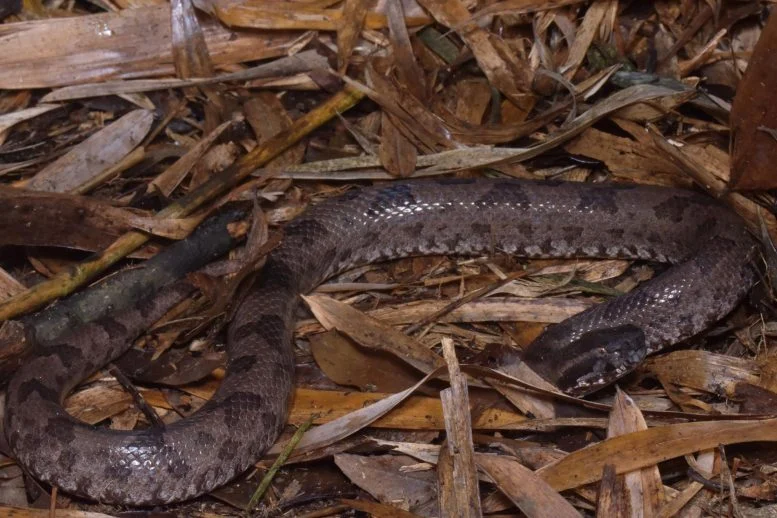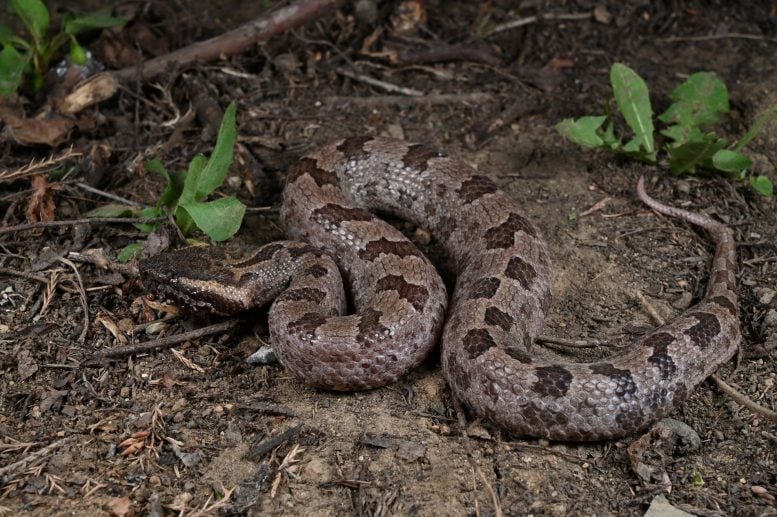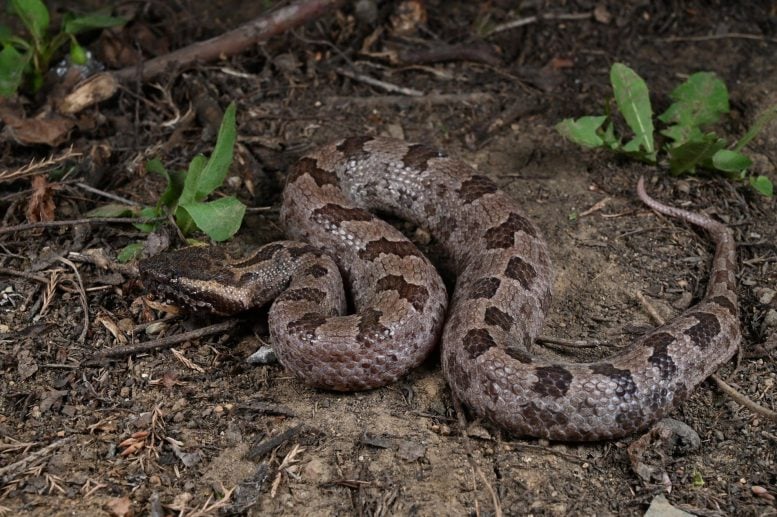A new species of the venomous Ovophis jenkinsi snake, characterized by its very aggressive defense and liking humid environments, was found in Yunnan.
A marvelous discovery from the depths of China means that scientists have discovered a new species of venomous viper, unfolding an additional bright page in herpetology annals. This is an extraordinary discovery that surely will reshape our understanding of biodiversity and underline the importance of preserving rich and often mysterious ecosystems on Earth.
A secretive serpent possessing typical language and collaborations has just been returned by a team of researchers from a far-flung corner of China. This newly discovered viper features a unique pattern of coloration and specific scale morphology that sets it apart from its known relatives in the viper family.

The discovery of this viper, named after the pristine landscape in which it was first encountered, underlines not only the very special biodiversity hotspot that is China but also the pressing need for protective conservation efforts to preserve such fragile ecosystems. The habitats of this viper, rich in biodiversity and always under threat from human activities, bring sharply into focus the intricate relationship between wildlife conservation and sustainable development.

Dr. Zhang Wei, leader of the expedition team, says the findings are exciting not only for the science but also in terms of ecological conversation. “This finding opens a window onto the richness of China’s biodiversity,” said Dr. Zhang. “It really underscores the importance of continued exploration and conservation efforts in safeguarding our natural heritage.”
The identification of this new species of viper was not an easy task. It is a result of patience and effort invested in studying the genetic makeup and observed behavior by piecing together various clues from field observations and laboratory analysis, which helped to identify evidence. This is functions that not only confirm the distinctiveness but also show their ecological role within their ecosystem.
Also Read: How can Swapping Googling for Napping Enhance Brain Health?
The discovery of the venomous viper transcends its scientific significance to global popular imagination, that there are still such hidden treasures waiting to unravel in Earth’s remote corners. Added to the global tally of species, it brings additional input into our understanding of evolutionary biology, but also places a premium on the protection of biodiversity for generations yet to come.
News of this discovery serves as a rallying cry that increases funding and support for biodiversity research and conservation efforts around the globe. Exploration of—and care for—Earth’s biodiversity has never been more pressing, as varied habitats face mounting pressure from human encroachment and climate change.
Another type of mountain pit viper, a medium-sized venomous snake, was discovered by a team in China. This serpent was found in Yunnan, China, which is a biodiversity hotspot where many new species of reptiles have been discovered over the past years.

Research and Identification Process
The researchers provided the method pursued to establish the new species: “We examined specimens of the [snake] genus Ovophis collected by the Institute of Zoology, Chinese Academy of Sciences and Beijing Forestry University in Yingjiang, Yunnan in 2008, and found that these specimens are different from all known similar species. We gathered some new specimens from Yingjiang in 2023 and finally confirmed this population represents a new species!
Honoring a Legacy: Ovophis jenkinsi
The new species was named Ovophis jenkinsi in honor of herpetologist Robert “Hank” William Garfield Jenkins AM (September 1947–September 2023), who had “a passion for snakes, especially pit vipers, and helped China, along with many Asian countries, complete snake census, conservation, and management projects,” the team writes in their study, which was published in the open-access journal ZooKeys.
Behavioral Characteristics and Habitat
Ovophis jenkinsi has trapezoidal blotches on its back, and is normally a dark brownish-grey – although some animals are deep orange-brown. “It is generally slow-moving but with great aggression when disturbed”, the team notes in its description following observation of the snake’s behaviour. “When threatened, these snakes have the ability to inflate their bodies to appear larger and strike”: to date, there have been no documented reports of humans being bitten by the species.
This serpent, like many others, is endemic to China’s Yingjiang County, meaning it has been found only there so far. “It is not hard to find this species in the wild. They are active mainly in the autumn, and they prefer cool, humid, and even rainy nights, probably to avoid competition with other snakes,” the researchers say, as probably what it feeds on is small mammals.
This new species of venomous viper, which was recently discovered in China, is another marvel of nature that was made possible by the relentless pursuit for scientific knowledge. It reminds us to become good caretakers of the environment so that life’s complex interweb is preserved for all living things. Every time new species are discovered, it reminds us of the vast diversity of life on our Earth and how we should strive to save it for future generations.
“The research team will get more details about O. jenkinsi in the near future with respect to their morphology, distribution, and habits so that their understanding of this species gets better”.
Reference: “A new mountain pitviper of the genus Ovophis Burger in Hoge & Romano-Hoge, 1981 (Serpentes, Viperidae) from Yunnan, China” by Xian-Chun Qiu, Jin-Ze Wang, Zu-Yao Xia, Zhong-Wen Jiang, Yan Zeng, Nan Wang, Pi-Peng Li and Jing-Song Shi, 30 May 2024, ZooKeys.
Source: SciTechDaily
Read More News Here
